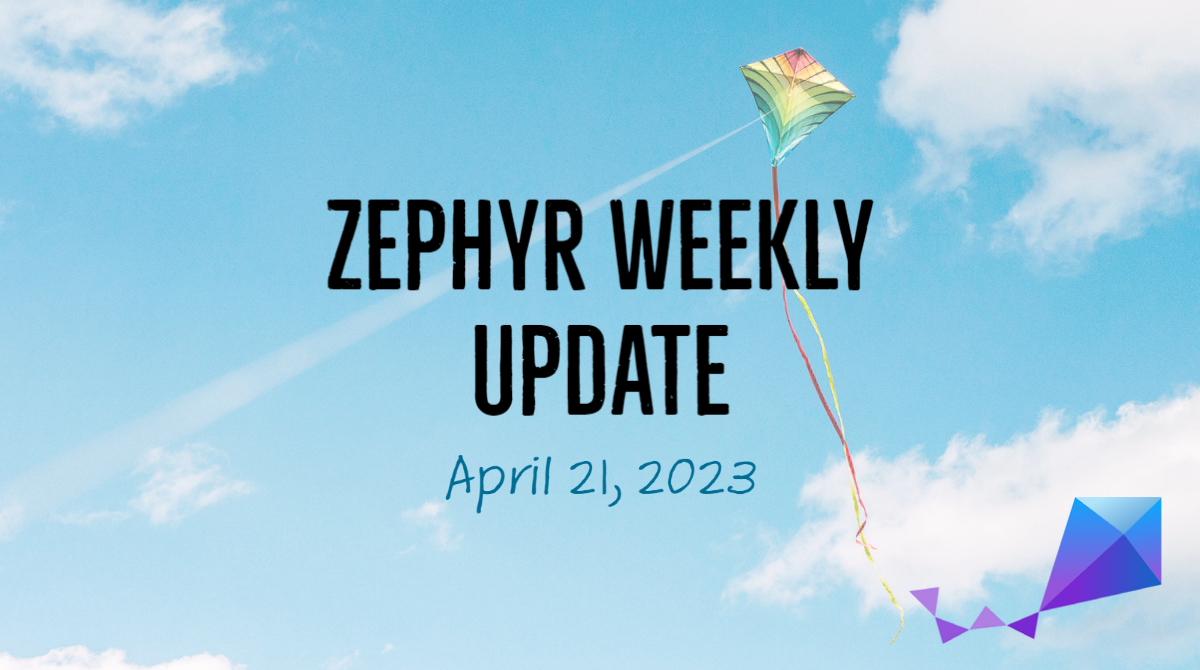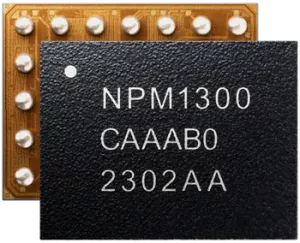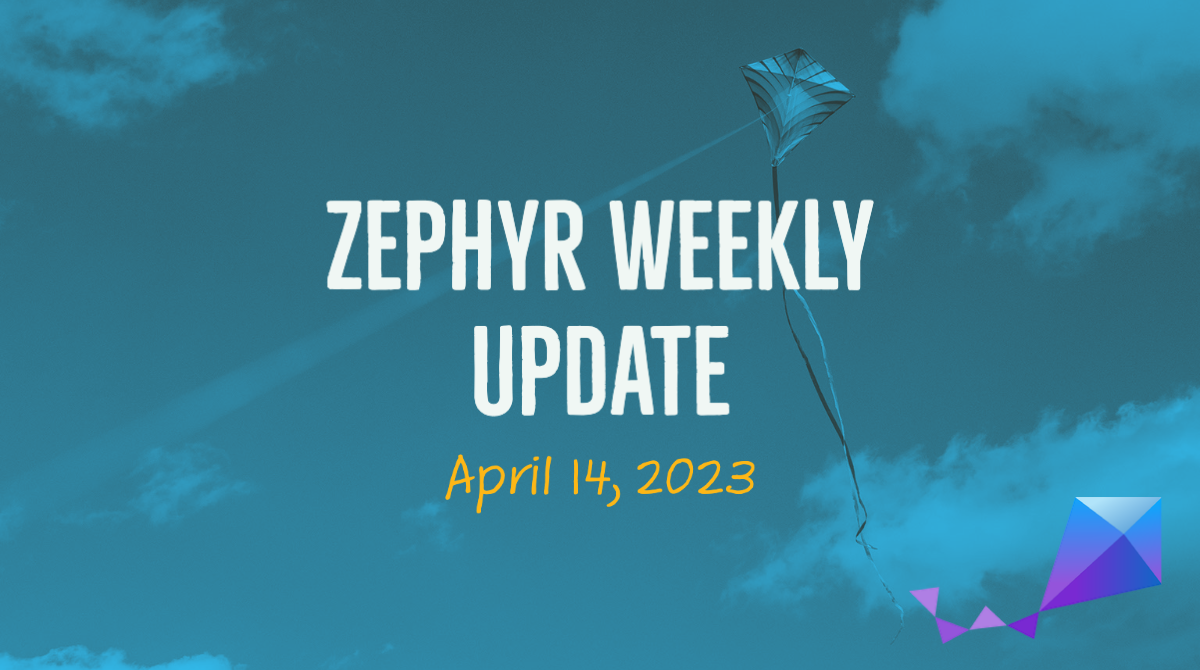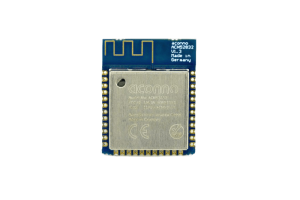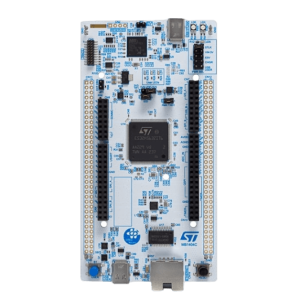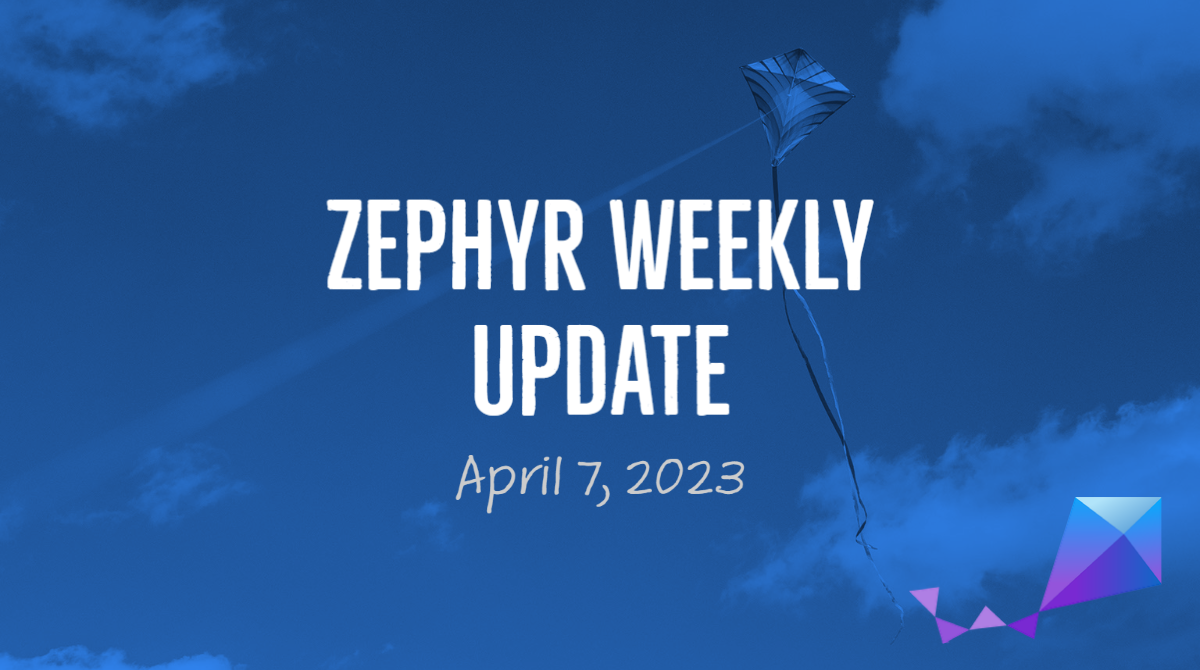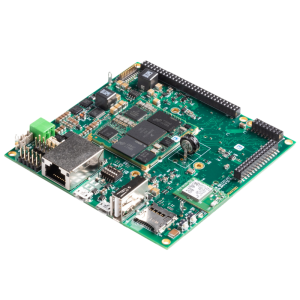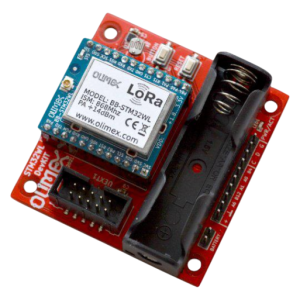Happy Friday! As you can imagine, putting this weekly digest together is rather time consuming, but luckily I am regularly improving the scripts I’m using to do the heavy-lifting of flagging noteworthy commits! This week, I added something that helps me notice who’s got their first contribution(s) merged. Therefore, it is my great pleasure to send a big shout-out to Andrew, Brandon, Jackie, Kenny, Krzysztof, Laurentiu, Patryk, Roman, Sreeram, and Theo!
New boards supported & SoC updates
- A new variation of the NXP i.MX93 Evaluation Kit that’s specifically targeting Sound Open Firmware has been added (1b923275e6 4b27dcc88c). You can read more in the dedicated documentation page.
- The nRF9161DK from Nordic is an upcoming single-board development kit for evaluation and development on the nRF9161 SiP for LTE-M and NB-IoT, and it’s already supported in Zephyr (4bbd91a908) 🙂
- Initial support for the Silicon Labs EFR32BG27 BRD2602 board has been introduced (df7f10422e). This board is designed for ultra low-power scenarios (think: coin-cell powered).
- The IT82XX2 is a 32-bit RISC-V microcontroller suitable for building embedded controllers, just like what you would find in a laptop or a smartphone. Support for the SoC as well as evaluation boards from ITE Tech, Inc. has been added this week (96df7bb833 44250a9e67). More info in the documentation too.
- The NPM1300_EK shield is an evaluation kit for the nPM1300 Power Management Integrated Circuit (PMIC). (046dda0fa1).
A companion sample application will help you get your ahead around the kind of functionality the PMIC provides.
If you’re not familiar with what a PMIC is, think of it as a way to programmatically control how you want to power the different peripherals of your system. You might hook up your LCD display backlight to it, so that you can actually control its voltage based on some conditions (e.g. dim the backlight when it gets darker, or when you’re running low on battery). - Wi-Fi support has been added to the Espressif ESP32S3 SoC (a6c8c6e546).
Drivers
Just like in previous weeks, a bunch of drivers made it into the upstream repository. I am always excited to discover new kinds of sensors–this time a color sensor 🌈–keep getting added 🙂
- A new Bluetooth HCI driver for SiLabs BLE has been added (4a614de289).
- Two new I2C drivers have been introduced this week:
- Infineon CAT1 i2c driver (185aa1c2c5)
- Xilinx AXI I2C driver (b1c0bf8499)
- The nPM1300 Evaluation Kit mentioned earlier wouldn’t be incredibly useful withouth the associated driver for the actual PMIC! (d1e201ccf6)
- The ADT7310 temperature sensor from Analog Devices is a high accuracy digital temperature sensor with up to 16-bit ((0.0078°C) resolution (b8244fdabd)
- New driver for Würth Elektronik WSEN-PADS absolute pressure sensor (6789c0d400). Such a sensor can be useful in e.g weather stations or wearables, as you can use it to measure not only barometric pressure but also altitude.
- And if you need a differential pressure sensor, then Würth Elektronik has you covered as they also contributed a driver for the WSEN-PDUS (73ed8ccb5f)
- Added a new PINT driver for NXP MCUs (6f938f347b)
- The Hamamatsu Photonics S11059 Color Sensor is an I2C digital color and Fujitsu contributed support for it this week (943158326c)
- A new SPI driver for Renesas SmartBond™ DA1469x MCU family has been added (9cdc5d38b2)
Bluetooth Updates
New Samples
A new sample has been added for Encrypted BLE Advertising (12e9be7cc0).
Shell Output Enhancements
The Bluetooth Shell has been extended to improve the output of BLE scan data (ddf518e706).
Miscellaneous Updates
- If you’re using Zephyr with Nordic chipsets, you’ll be interested in hearing about the added support for Nordic’s new nRF Util, which helps you program, recover, erase, etc. your device.
- The network connectivity manager API has been updated to to generically configure and trigger post-admin-up associate/connect operations on network interfaces that support it (7c4397ae79).
As always please feel free to jump in with your thoughts or questions in the comments below. See you next week!
If you enjoyed this article, don’t forget to subscribe to this blog to be notified of upcoming publications! And of course, you can also always find me on Twitter and Mastodon.
